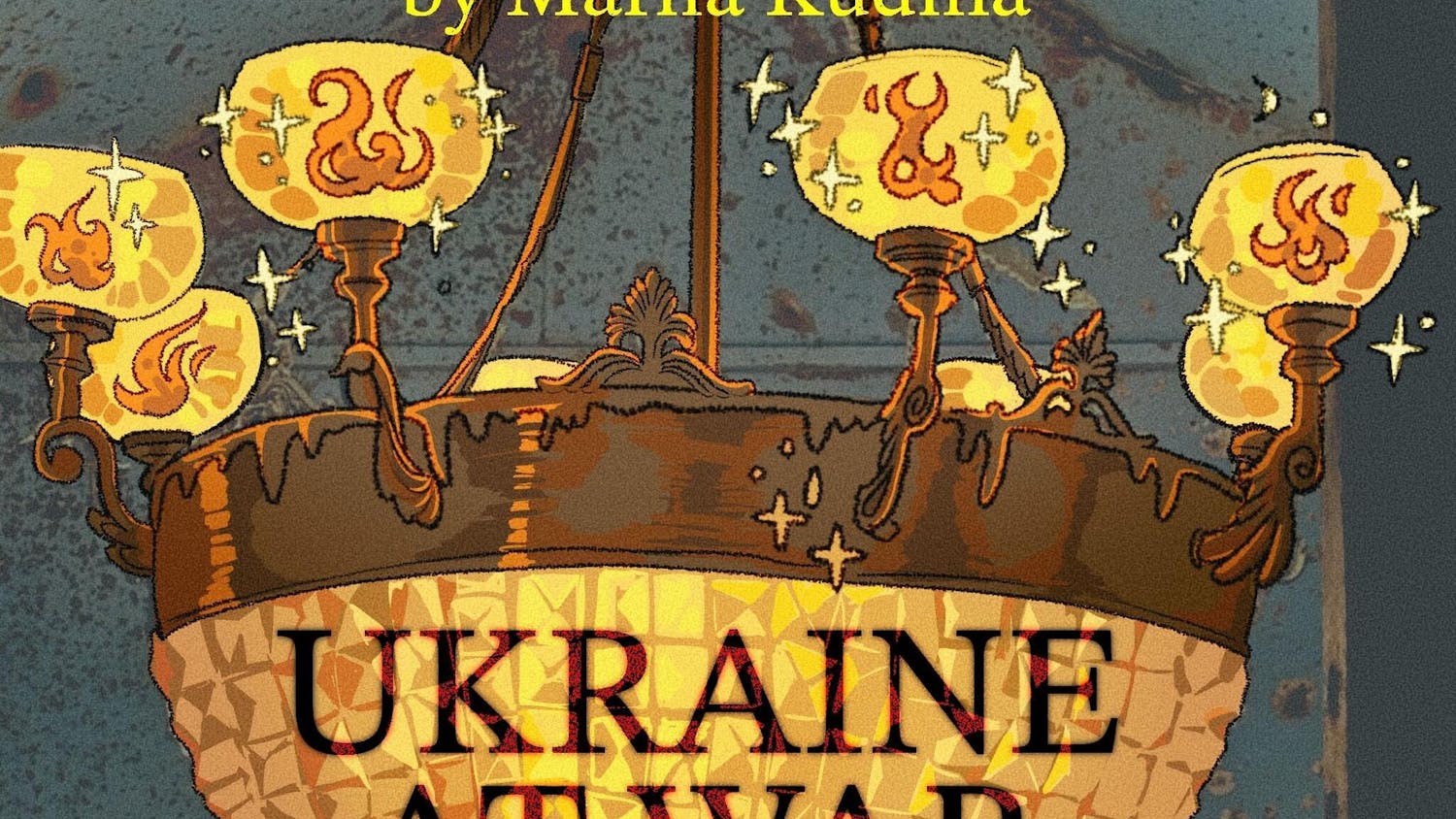In the Western world, the concept of getting married is rather simple. There's a boy and a girl (or a boy and a boy or a girl and a girl, but you get what I mean). They love each other. They get married. There may be some issues here and there with parents not being totally accepting, but the situation is far from that in India. To quote novelist ChetanBhagat in his novel "2 States: The Story of My Marriage" (2009): "[T]here are a few more steps: Boy loves Girl. Girl loves Boy. Girl's family has to love boy. Boy's family has to love girl. Girl's Family has to love Boy's Family. Boy's family has to love Girl's family." If after all of this, the girl and the boy still happen to love each other, then they can get married.
With this large cultural overtone, "love marriages" (the former, simpler kind) are still difficult to execute in parts of India. In recent years, the influx of western ideals and the higher concentration of urbanites has increased the prevalence of "love marriages." However, arranged marriages are still the norm in most of rural, and even urban, India. This notion may seem quite foreign, a breach of the democratic ideal of free choice, perhaps. But in India, this is how a lot of lifetime relationships are formed. Granted, some may result in complete unhappiness because the two people matched are completely unsuited for one another or just won't put in the required effort to make such a relationship work. However, many result in a happy life for both people. These marriages are generally done on the basis of caste, religion, reputation, earning capacity, wealth and even looks. Doctors, engineers, foreign−returned or settled−abroad, and girls with convent education and fair looks are still top choices. In the past, it was commonplace for parents to pick and arrange the marriage through ads in the newspaper. Now there are websites such as Shaadi.com and various other matrimonial websites and services that speed up the process.
A certain aspect of arranged marriages does exist in parts of North America: those moments where parents may introduce two people to one another in the hope that it could lead to something more. However, rarely do you come across a situation where the entire arrangement is planned out in advance like you'd find in India and other parts of South Asia and Africa. If you actually consider it, the entire idea of an arranged marriage may seem quite medieval as a concept, but there are a number of positives. Arranged marriages benefit from having the experience of parents or others in assisting in the process. Nowadays, it does not always have to be about which family can provide more cars as dowry, but rather which woman may be the best match for their son; who knows that better than the person's parents? Further, there is a greater willingness to make it work and compromise and adjust when expectations about one's partner are set lower.
If we actually want to look at the success rate of a marriage, an arranged marriage has a 5 to 7 percent chance of divorce, whereas a typical love marriage in the United States has a 50 percent chance of ending in divorce. However, I wouldn't put much stake into a statistic like that; divorce is still a cultural taboo in many parts of South Asia.
You may have movie after movie, novel after novel about how arranged marriages are in fact a means of oppression, but if we actually consider the reality of it, it does work out in a lot of cases. Ask one of your South Asian friends how their grandparents, or even parents, met. Go on, ask.
--
AngadBagai is a freshman who has not
yet declared a major. He can be reached at
Angad.Bagai@tufts.edu.





